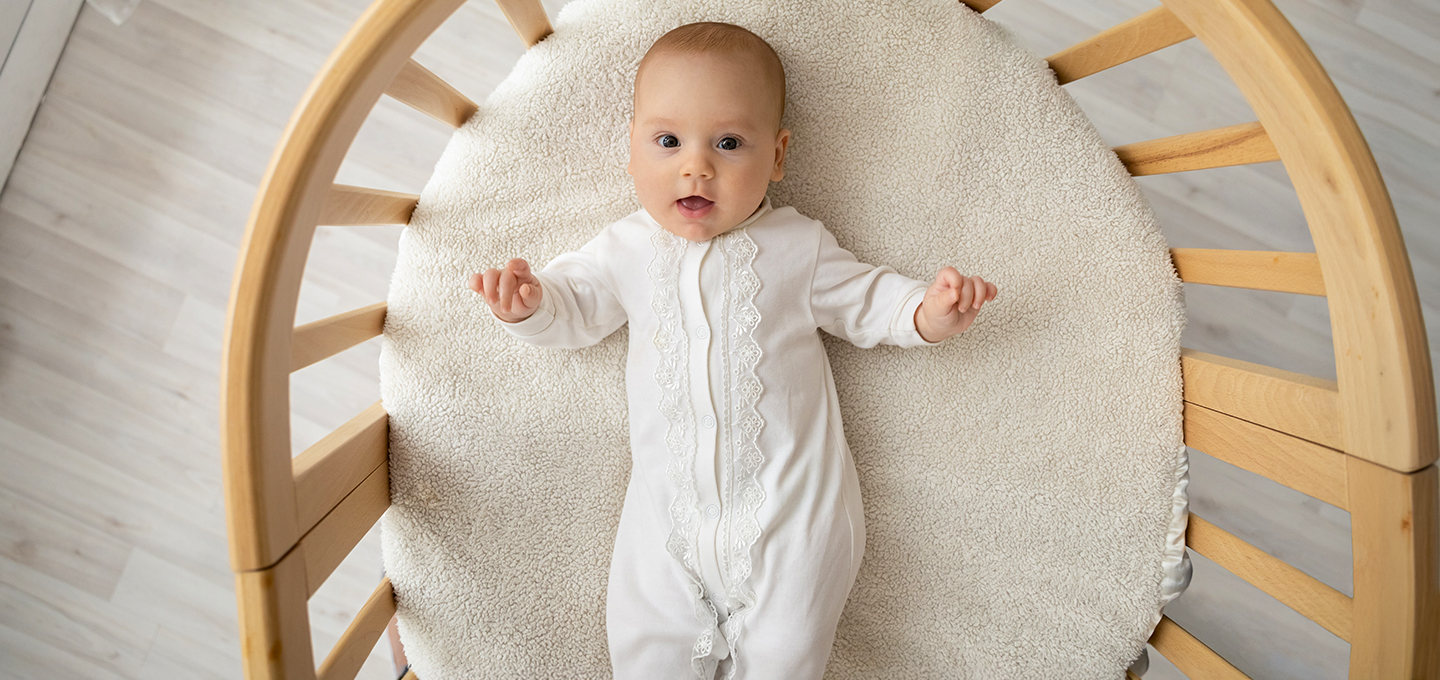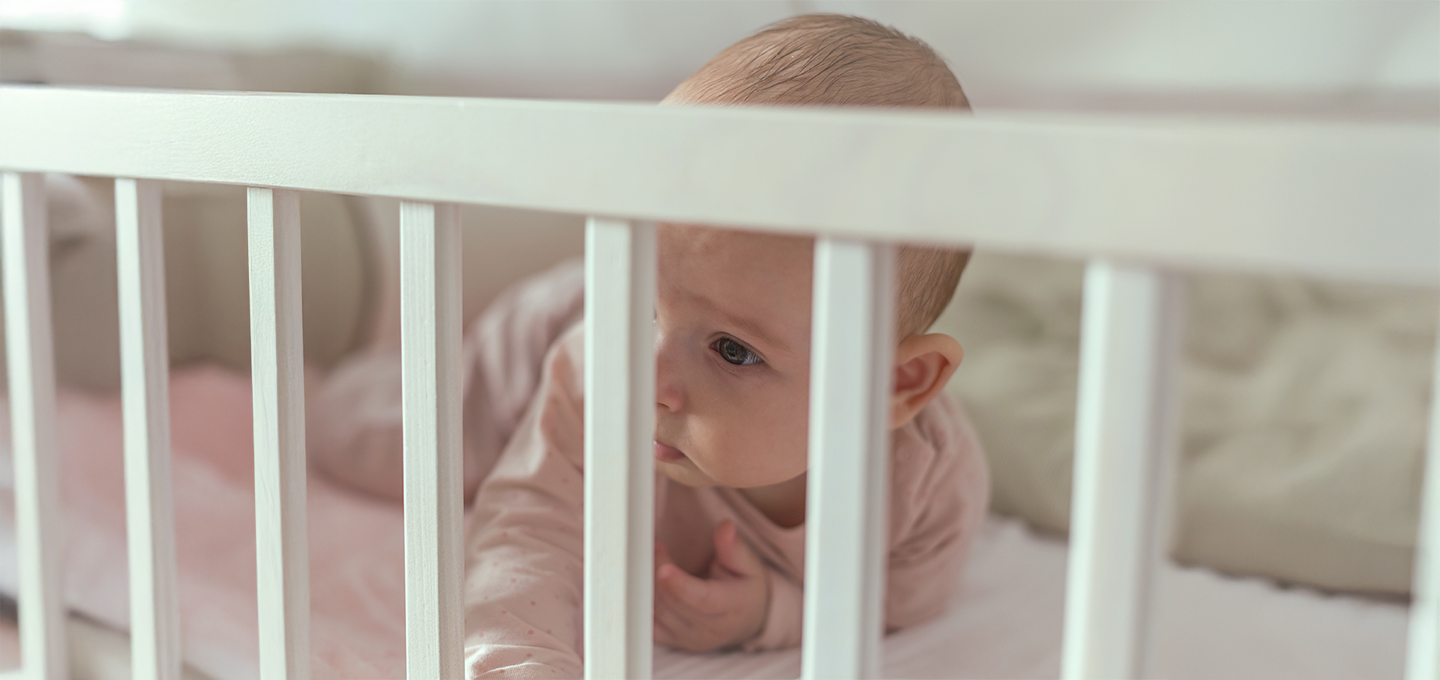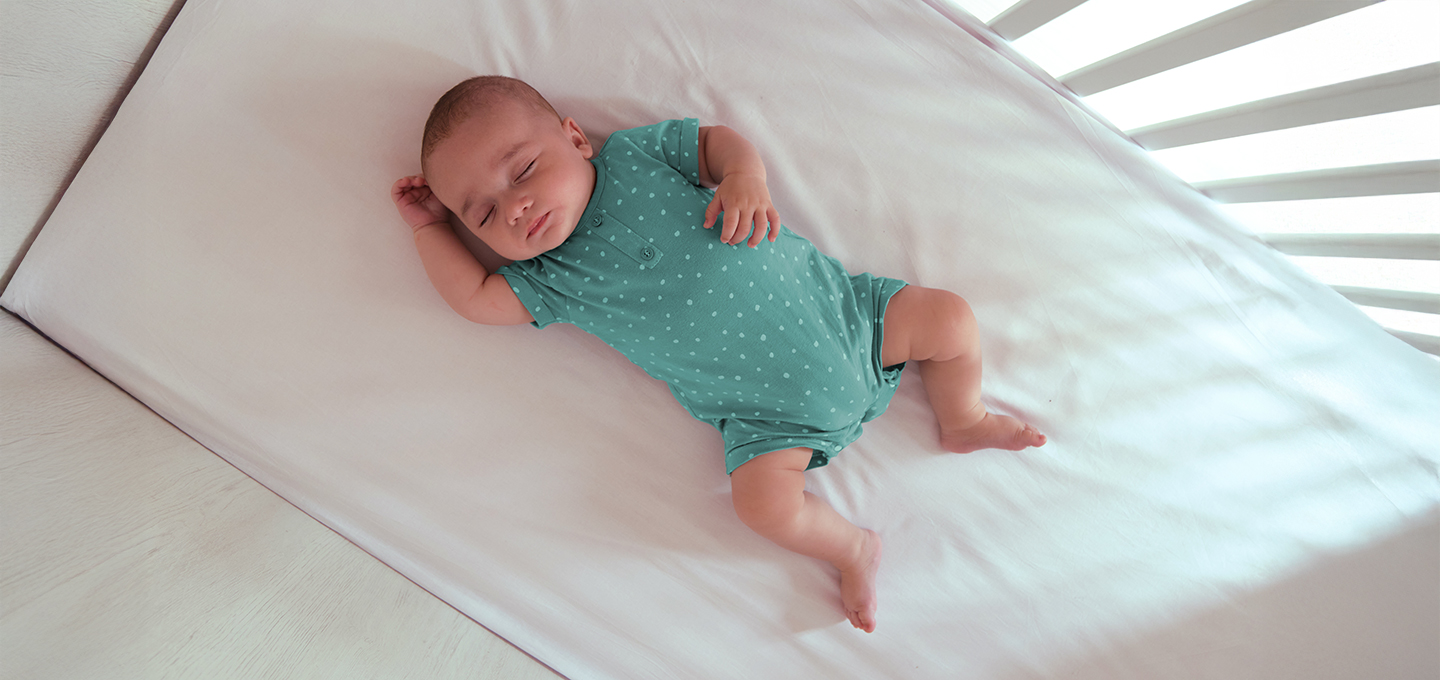
How to Adjust Your Baby’s Sleep for Daylight Saving Time


IN THIS ARTICLE
When Daylight Saving Time rolls around, we have to reset our clocks, of course, but we also have to adjust our babies’ sleep schedules (and our own routines) for this time change—and that's not always easy. In the fall, when we "fall back," we gain an hour of sleep, but in the spring, when we "spring forward," we lose an hour of sleep. It often takes us adults a few days to get used to the time change, and kids and babies might have an even tougher time adjusting. So, how does Daylight Saving Time affect babies? And how can we handle Daylight Saving Time with a baby? We've got some great tips on how to deal with both the spring and fall time changes, and methods for adjusting your baby's sleep schedule ahead of Daylight-Saving Time.
How to Prepare Your Baby for Daylight Saving Time: 8 Tips for the Adjustment
Here are some things you can do ahead of time to make the Daylight-Saving Time change easier and boost the quality of your baby’s sleep:
Expose your baby to natural light. Try to expose your baby to natural light, especially in the mornings and late afternoons, and in the morning after the time change. This early sun exposure will help reset your baby’s internal clock and improve their sleep. However, to prevent your baby from getting sunburned, it’s best to avoid direct sun between 10 a. m. and 4 p.m. when ultraviolet rays are at their peak.
Spend time outside. If the weather's nice, take your baby or toddler for a walk or head to the playground or backyard. Getting out and about during the day can make for a more restful night.
Prioritize naps. Make sure your baby gets good naps during the day. Good naps lead to good nighttime sleep. Your baby’s naps should be long enough so that they’re restorative but short enough so that nighttime sleep isn’t disrupted. Having a good nap schedule in place for your baby or toddler is also key for good nighttime sleep.
Be mindful of your baby’s internal clock (circadian rhythm). As you're shifting your little one’s sleep schedule, stay flexible and watch for their natural sleep cues, even if it isn't exactly when they're "supposed" to go to bed. This is an important part of adjusting your baby to Daylight Saving Time.
Maintain a consistent bedtime routine. This can include brushing teeth, a bath, reading a book, cuddling, or listening to soft music just before going to sleep.
Relax in the evening. This means steering your baby or toddler away from any stimulating activity or lively play as bedtime approaches, and instead choosing a calming activity like listening to music or reading a story before putting them to bed. This can become a part of your child’s bedtime routine as mentioned above.
Seek help from your baby’s healthcare provider. If you're stuck and can't make a successful transition to or from Daylight Saving Time, it's totally okay to seek help. If your baby is struggling with the time change or with any sleep-related issue, such as sleep regression, it may be worth consulting their healthcare provider or reaching out to another health professional in your area.
Track your baby's sleep patterns. The Smart Sleep Coach app by Pampers features a smart schedule that updates every time you track your baby's sleeps. So, for example, as you adjust your baby’s bedtimes by 15 minutes each day, the schedule will update and help you along the way! Plus, the app is packed with videos and articles on everything to do with your baby’s sleep, emotional support to build your parenting skills, and step-by-step support to help you easily solve your baby's sleep challenges!
“Spring Forward” Daylight Saving Time—How to Adjust Your Baby’s Sleep Schedule
"Springing forward" on the second Sunday in March involves setting your clocks ahead by an hour, which also means losing an hour of sleep. For babies and children, this can be especially rough. If your little one usually goes to bed at 7 p.m., for instance, that’s actually 6 p.m. according to their internal clock, and they likely won’t feel tired then. Here are two options for adjusting your baby to Daylight Saving Time:
Do nothing. Keep putting your baby to bed at their usual bedtime—for example, when the clock says 7 p.m. —and wake them at their normal wakeup time. Don’t let them sleep in to make up for lost sleep. After a few days of being extra tired and cranky, your little one will probably fall asleep more easily.
Introduce an earlier bedtime gradually. Move up your baby’s bedtime by 15-minute increments in the days before the time change. For a baby whose normal bedtime is 7 p.m. , follow this plan to spring forward.
- Four days before the time change, move up your baby’s bedtime to 6:45 PM - Your baby’s wakeup time should also be 15 minutes earlier. - Three days before the time change, move up your baby’s bedtime to 6:30 PM - Two days before the time change, move up your baby’s bedtime to 6:15 PM - One day before the time change, move up your baby’s bedtime to 6 PM
Watch the following video to learn how to put an overtired baby to sleep:
“Fall Back” Daylight Saving Time—How to Adjust Your Baby’s Sleep Schedule
After Daylight Saving Time ends on the first Sunday in November, and you "fall back," your baby may be waking up an hour early—and sometimes that’s too early. One way to help the time change go more smoothly is to put your baby to bed a little later each night as the time change approaches.
If 7 p.m. is your baby’s usual bedtime, you can fall back by taking the following steps:
Four days before the time change, put your baby to bed at 7:15 p.m.
Three days before the time change, move bedtime to 7:30 p.m.
Two days before the time change, move bedtime to 7:45 p.m.
One day before the time change, put your baby down at 8 p.m.
Daylight Saving Time Schedule (2022 to 2027)
If you’re wondering when the time changes for Daylight Saving Time, or when we "spring forward" or "fall back," check out the table below. We’ve listed the relevant dates for the next five years to help you plan.
FAQS AT A GLANCE
Yes, Daylight Saving Time can affect your baby’s sleep. The fall time change can cause your baby to get sleepy before bedtime and wake up earlier in the morning.
Putting your baby to sleep during the springtime change can also be very difficult and getting them to awaken in the morning will be no different.
The Bottom Line
Daylight Saving Time doesn’t have to cause major problems in your baby’s sleep schedule if you plan in advance and work in bedtime or wakeup time changes in the days leading up to the weekend. Adjusting bedtime or morning wakeup times could also be something you and your entire family try in order to soften the blow of the time change. Try the gradual method of moving up your baby’s bedtime for the "spring forward" time change or opting for a later bedtime for the "fall back" time change. All the while, maintaining a consistent routine will be very important in keeping your baby on track. This means keeping them active during the day, winding down in the evening, and capping the day off with a tried-and-true bedtime ritual like reading a book before putting them to sleep. Then when Daylight Saving Time rolls around, you can celebrate with 30 minutes of "me-time"—you deserve it! You successfully managed your baby’s Daylight-Saving Time transition, which is no small feat. For even more information on helping your baby sleep soundly, read up on some common misconceptions about baby sleep.
- American Academy of Pediatrics. Caring for Your Baby and Young Child: Birth to Age 5, 7th ed. (New York: Bantam Books, 2019).
- Mindell, Jodi A. Sleeping Through the Night: How Infants, Toddlers, and Their Parents Can Get a Good Night's Sleep, revised ed. (New York: Harper Resource, 2005).
- American Academy of Pediatrics. Sleep: What Every Parent Needs to Know (Elk Grove Village, IL: American Academy of Pediatrics, 2013).
- Mayo Clinic. Guide to Your Baby’s First Years, 2nd ed. (Rochester, MN: Mayo Clinic Press, 2020).
- Healthy Children. Daylight Saving Time: Don’t Lose Sleep Over It
- timeanddate.com. “Time Change 2022 in the United States.”
- Stanford Medicine: Children’s Health. “Spring Forward Into Better Sleep.”
















